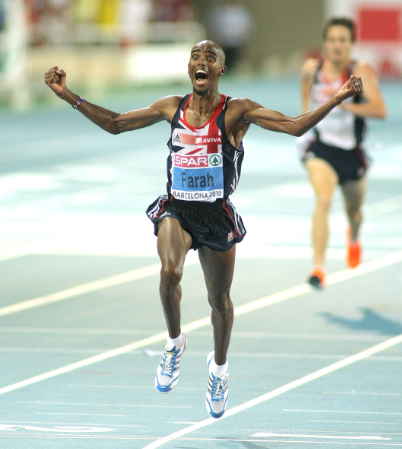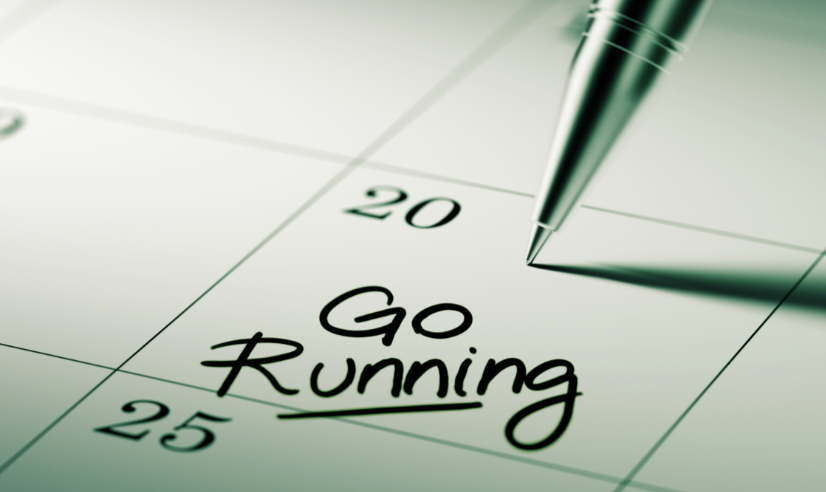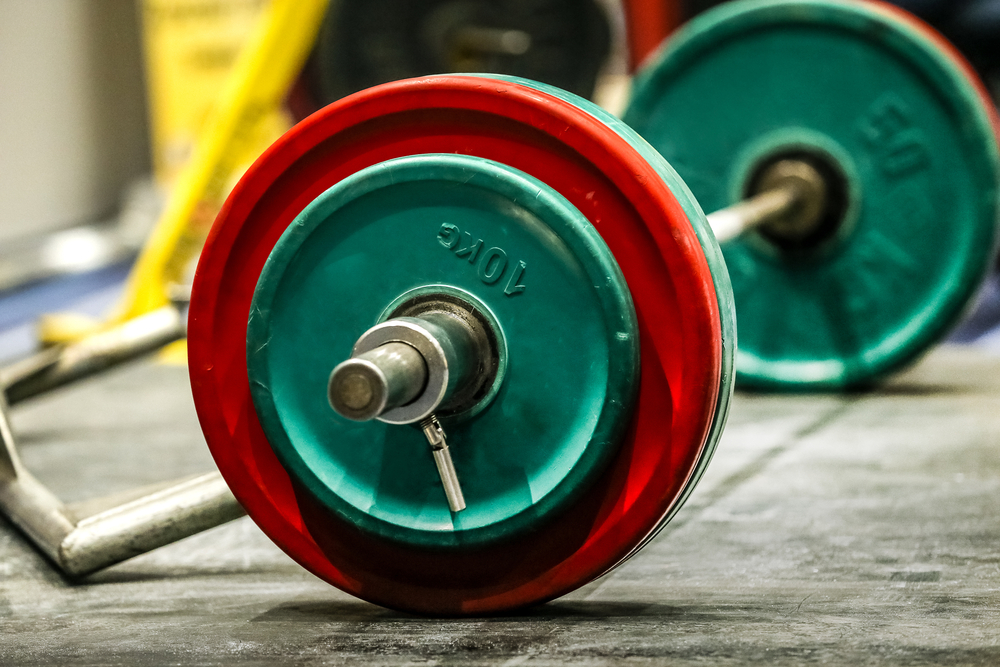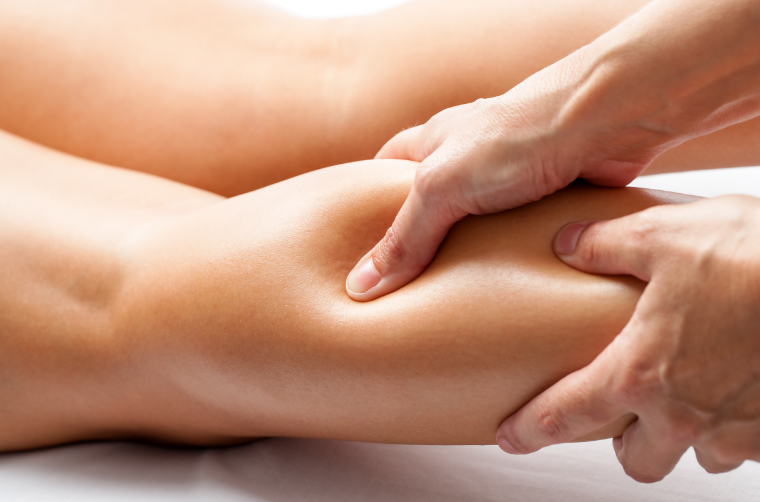How to stay injury free for a 5K PB!
By Mike James | 30th January 2019 | Advice

How to stay injury free for a 5K personal best (PB)
Sports Injury Fix’s resident running expert Mike James has spent over 20 years treating novice to elite runners worldwide from 800m to 100-mile races. He is also a competitive runner who has completed over 100 marathons and 25 ultra-marathons, so when he talks, we tend to listen.
The 5km road race, also referred to as the 5K, is the shortest of the most common road running distances. Among road running events, the 5K distance is extremely popular with novice runners or joggers as the distance is well suited for people looking to improve or maintain their general physical fitness and general health.
However, the 5K is also the realm of many seasoned runners looking to develop speed for longer races or to use as a brutal time trial test of current fitness. Of course, the 5K remains one of the blue ribband events of track and field athletics with many famous Olympic and World champions including Kenenisa Bekele, Tirunesh Dibaba and Sir Mo Farah to name but a few.

Regardless of speed or running ability, most runners will target a race or a period of training towards setting their PB. Pushing yourself towards this involves physical and psychological challenges, both of which can potentially lead to injury and / or reduced performance.
Running related injuries are common, and often the result of simple errors in training, recovery and preparation. So, how can we prevent, or more accurately perhaps, reduce the risk of encountering such problems and maximising our chances of breaking that PB? here are the top tips from sportsinjuryfix.

Goal Setting
This should be the first thing any PB seeker does. Ask yourself, what is my current PB? and what time do I want to achieve? A 30 second reduction in your PB will mean that you need to run 10 secs per mile faster. That is a significant amount to chop off your time. Before any plans are formulated, you must determine what it is you are aiming for. Every aspect of the coming weeks or months will be determined by your goals. Duration, intensity, frequency of training, location should be based on this coupled with your current fitness levels. It can be useful to have numerous plans for race day, if you settle on just one goal, then it can remove the enjoyment of the race itself. For example:
Plan A – “the perfect PB” – an unbelievable, beyond belief PB.
Plan B - “the I should PB” – a PB that you should achieve as a result of your training.
Plan C – “the I’d be happy PB” – simply knocking 0.1 second off your existing time.

Choose the right training regime
These days there are a multitude of readily available “off the shelf” training plans, for most, these offer a sensible and realistic progressive regime for completing the race. However, anyone wishing to achieve a PB should incorporate some specific sessions tailored to achieving your target time. Whether using a coach, or training yourself, break the target time down into bite size chunks. This should be done for both training sessions and race day itself. Breaking the race down into Km or miles and target splits ensures you run smart and pace yourself effectively. A negative split tactic where you aim to run the second half of the race faster than the first is a well established pacing strategy for PB success.
If you want to run faster, then you have to train faster. Speed sessions are crucial. Whether incorporated into a training run or done in isolation they are imperative in your training. Running faster than your goal pace in training will build confidence as well as physical capacity.
Prepare for the training regime
Naturally, increased speed and effort will lead to an increased risk of injury. Many runners develop injuries by simply failing to prepare for a regime. Plan backwards and add a few weeks as needed prior to commencing these sessions to build a sufficient base level needed to start increasing speed and intensity.

Get Strong!
Recent years have seen an increase in the evidence supporting Strength and Conditioning (S&C) for endurance sports. Research suggests that S&C can reduce overuse injuries by almost 50% and improve 5k performance. I would argue that EVERY runner would benefit from including a little Strength work into their regime to assist their bodies to adapt and manage training loads. A general approach, largely able to be performed at home should suffice, however when attempting to set a PB, an element of dynamic, plyometric work may be beneficial. Here is a simple home-basedstrength regime for runners that we think will help.

Manage those new aches and pains
Unfortunately, the demands of starting to run faster inevitably often leads to injury. Thankfully, these are often just niggles and largely not serious in nature. Seek advice and guidance from one of our many experts at sportsinjuryfix, explain your plans and work together to address these issues, allowing you the best chance of completing the training and race ahead.
Pick the right team
Although many people achieve PB’s through individual training only, it can be very beneficial to train with others, or as part of a group. Of note, training with someone who can push you harder, particularly on the tough session can drive you forward to achieving your PB. Use partners and groups to enjoy the recovery sessions and rest time also. Maybe reward yourselves with a shared spa day or massage after your race? The value of a race day support team cannot be overestimated. Those friendly faces and encouraging words may just be the motivation you need to drive you over the finish line or through those difficult parts of the race.
Be consistent, but flexible
Consistency is the key to running success. Stick to your plans, commit to the regime. However, life gets in the way sometimes and other commitments, injuries and fatigue can side track you from time to time. Don’t chase the sessions you miss, don’t cram extra miles or speed into follow up sessions. If you are training correctly 80% of the time, then you will almost certainly achieve your PB goals. It is better to line up at the start line, slightly “undercooked” than “overcooked”.
Injuries and the potential for injury will be far greater if you lack the ability to listen to the body and use a sprinkling of common sense.

Recover
In all my years of competing, treating and coaching runners, this is the single biggest factor that is neglected and ultimately leads to injury. It is the fine balance between stressing the body and allowing it to recover that aids performance and reduces injury risk.
Eat well, sleep well, hydrate and enjoy down time with friends and family – you will be earning it. Much debate exists regarding the effectiveness of tools such as foam rollers / trigger point devices, tapes, massage, compression clothing, cryotherapy and heat, and yes there will always be a large placebo effect to consider. But as long as you are training, strengthening and recovering effectively, then these tools can help get you recover and assist you to your PB.
I regularly see many runners in training for a “check-up”, some soft tissue work and other modalities to help them recover and relax in order to keep training hard. Remember – train hard, recover harder!.
Take home message:
· Train wisely –The body will need to run fast to be better at running fast – but ensure you factor in enough recovery – this is where we improve! Quality trumps quantity every time.
· Get strong and stay strong as it appears to be the biggest factor we can actively affect in reducing injury risk and improving performance.
· Be consistent, but flexible. – anyone who achieved anything remarkable did it through consistency. Be the Bamboo! – be committed and stick to your plans, but always be prepared to bend a little if needed but get back on the plan as soon as possible!
Good luck and go smash that PB!

